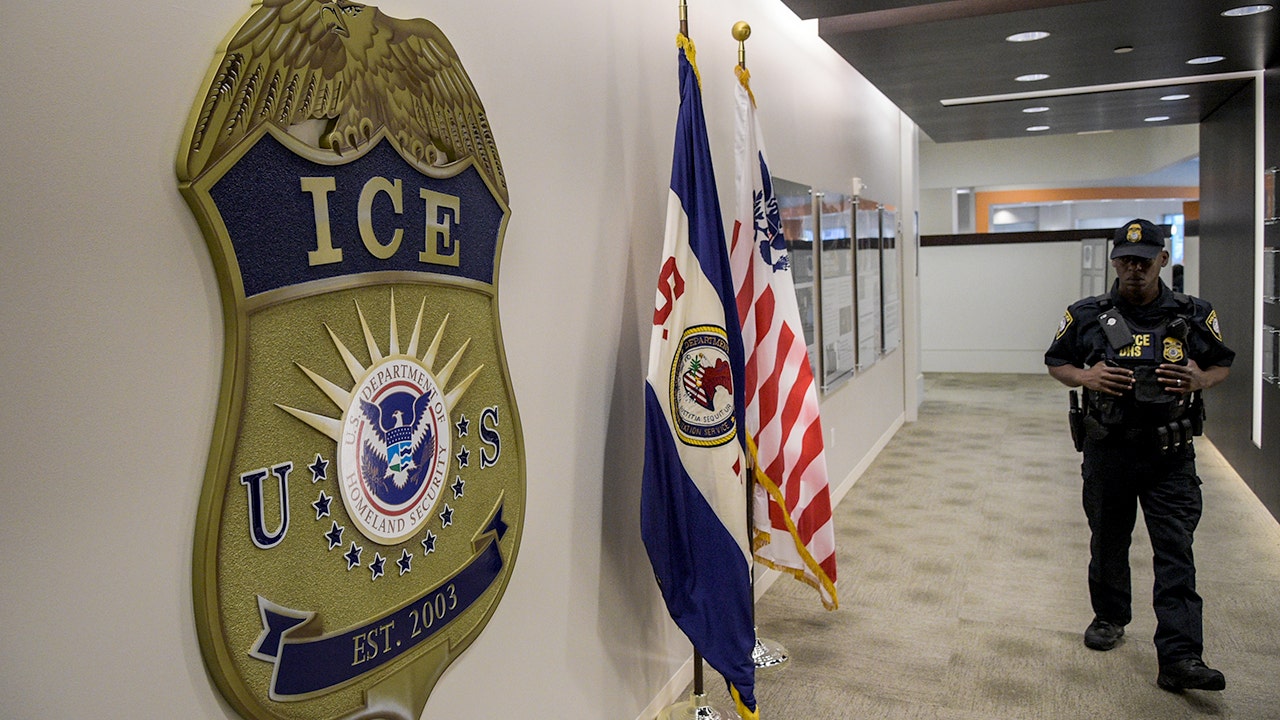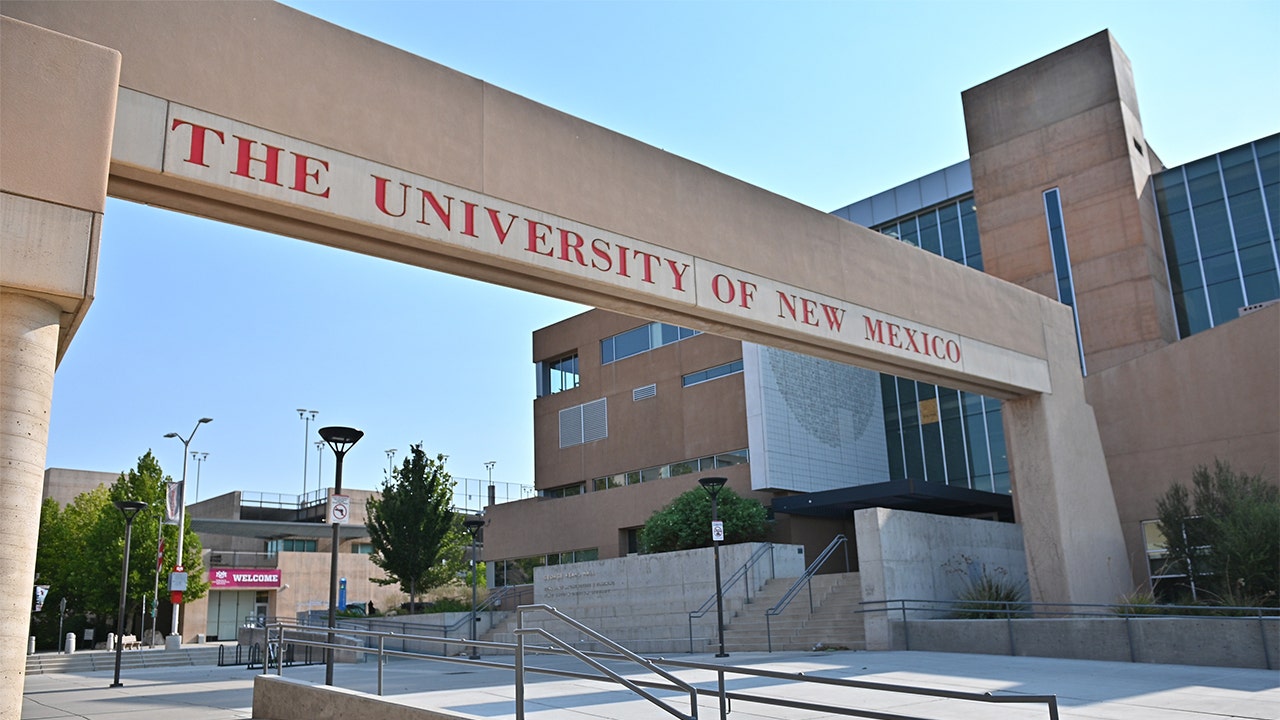The New York City Department of Education’s $100 million push to implement “restorative justice” instead of stricter school discipline has been a bust — with violent incidents doubling to 4,200 reports this year and “chronic absenteeism” spiking to a whopping 35%, a new study claims.
The major shift in policy at city public schools started in 2015 under then-Mayor Bill de Blasio, when the DOE began requiring principals to obtain approval from the central office before suspending students in grades K–2.
But “what began as an alternative became a mandate, forcing administrators to abandon exclusionary options regardless of school context,” Jennifer Weber, an education behavioral researcher with the Manhattan Institute think tank, wrote in the report, released Thursday.
“NYC’s implementation of RJ has failed to achieve its promises,” Weber said. “The changes undermined teacher authority and weakened classroom order rather than improving school climate and advancing equity.”
Restorative justice is the education establishment’s equivalent of alternatives to jail programs for juveniles and criminals — focusing on mediation, conflict resolution, relationship building and harm reduction “circles” of students and teachers, aimed at defusing and preventing misbehavior, fights and violence.
The goal is to improve school climate and curb more punitive punishment such as student suspensions, and advocates have pushed the changes in the name of racial and economic equity.
Groups including the New York Civil Liberties Union have long complained that suspensions disproportionately punish minorities, particularly black students.
But the new system ultimately did not lead to “a shift from punishment to compassion,” Weber wrote, “but the dismantling of the systems that had maintained basic classroom stability.”
Weber’s MI-funded study cited shocking examples — some highlighted in The Post — of students not being punished or held accountable for reprehensible and violent acts.
The Manhattan Institute’s study on the city DOE’s $100 million ‘restorative justice’ initiative highlights several shocking incidents, including:
- Students who subjected a Jewish teacher to Nazi salutes and threats at Brooklyn’s Origins High School last year were sent to a “meditation room” and their parents were called. But it did not stop the harassment.
- In May, an 8-year-old allegedly stabbed a staff member with a pencil and threatened classmates at PS 8. The school’s response — a “meditation room” and phone calls — was inadequate, families fumed. “He has rights, and so does my child. If he’s threatening my child, what am I supposed to do?” one parent said bluntly.
- The report also cites a 2022 study by the Center for Court Innovation in Brooklyn’s District 18 conducted in five borough high schools with high suspension rates. It found that, despite implementing “restorative justice” practices, there was no statistically significant difference, compared with other schools that stuck with the previous discipline system.
Early last year, a Jewish teacher at Brooklyn’s Origins High School was subjected to Nazi salutes and threats from students.
But the school’s response — making calls to parents and sending the students to spend time in a “meditation room” — did not stop the harassment, the study noted.
The teacher, Danielle Kaminsky, and campus manager Michael Beaudry, who allege they were booted from the school in retaliation for blowing the whistle on anti-Jewish and anti-gay hate, eventually filed a pending lawsuit against the city.
The case shows “how RJ without consequences can leave staff vulnerable,” Weber wrote.
In another stunning incident, the report notes how parents at P.S. 8 on Staten Island picketed their own school in May after an eight-year-old allegedly stabbed a staff member with a pencil and threatened classmates.
The families were outraged over the school’s response, sending the student to a “meditation room” and making phone calls to parents, fuming it was inadequate.
“He has rights, and so does my child. If he’s threatening my child, what am I supposed to do?” one parent quoted in the report said bluntly.
Weber noted: “The incident reflects a broader concern when schools avoid consequences in the name of compassion, safety, and accountability.”
The report also cites a 2022 study by the Center for Court Innovation conducted in five Brooklyn high schools with steep suspension rates.
It found that, despite implementing restorative justice practices, there was no statistically significant difference in climate and suspensions compared with other schools that did not make changes in discipline.
The new system may even be harmful, the study found, contributing to disorder, lack of accountability and possibly an increase in chronic absenteeism.
Over the last decade since restorative justice began being rolled out, incidents that the NYPD’s school safety division nearly doubled, from 1,200 in the first quarter of 2016 to 4,120 in the first quarter of 2025, records show.
Chronic student absenteeism — missing 10% of school days or 18 days in a given year — skyrocketed from 26.5% in the 2018–19 school year to 34.8% in 2023-24.
That percentage is equal to roughly one-third of kids in the nation’s largest public school district, or some 300,000 students, regularly missing class.
“When classrooms feel chaotic or unpredictable,” the study said, “students simply and regretfully opt out.”
At the same time, test scores have been less than stellar — with 53% of students in grades 3-8 meeting standards on the state’s 2024 standardized math exam and 49% passing the English test.
On the more rigorous National Assessment of Educational Progress tests, only 33% of city 4th graders and 23% of 8th graders were deemed proficient in math.
Similarly, just 28% of 4th graders and 29% of 8th graders were found to be proficient in English.
The bombshell MI report comes after President Trump in April issued an executive order instructing schools to ban race as a factor when dealing with student discipline.
The study said the DOE has spent a total of $99 million on restorative justice initiatives from 2015–2024 under both de Blasio and current Mayor Eric Adams.
By the numbers:
- Cost of “restorative justice” initiatives: $99 million between 2015-2024
- Percentage of kids deemed “chronically absent” from school (missing 10% of days) in 2023-24: 34.9%.
- That same percentage in 2018-19: 26.5%
- Number of incidents NYPD responded to in city schools so far this year: 4,120
- That same number in 2016: 1,200
The report attributed the failure to produce improvements in student behavior and school safety to a lack of infrastructure and of consistent application to support the program.
“These outcomes highlight a basic problem: schools were never given the necessary tools to make lasting changes in student behavior,” Weber said.
Weber said restorative justice programs can work to supplement — but not supplant — stricter disciplinary action.
For instance, 72% of charter schools report using restorative justice approaches without taking classroom removals and suspensions off the table.
The study recommends that the mayor scrap the policy that forces principals to obtain central office approval before suspending K–2 students.
It also urges the DOE to revise the discipline code to state that “exclusionary consequences” such as suspensions are legitimate responses to serious or repeated misbehavior.
“The result has not been better outcomes or more equity, but more disruption, frustration, and fewer tools for the people doing the work,” Weber said.
A rep for Schools Chancellor Melissa Aviles-Ramos defended the policy as a success.
Suspensions have plummeted by 48%, the DOE said, keeping more children in class and engaged.
The DOE emphasized that suspensions are still imposed under the discipline code, coupled by robust restorative supports.
“While our young people are mandated to follow school rules – including the Discipline Code – we are working towards addressing any issues in a positive, supportive, and less punitive manner,” the spokesperson said. “This strategy is working – suspensions and chronic absenteeism are down, and our students are safe, supported, and engaged.”
Read the full article here















